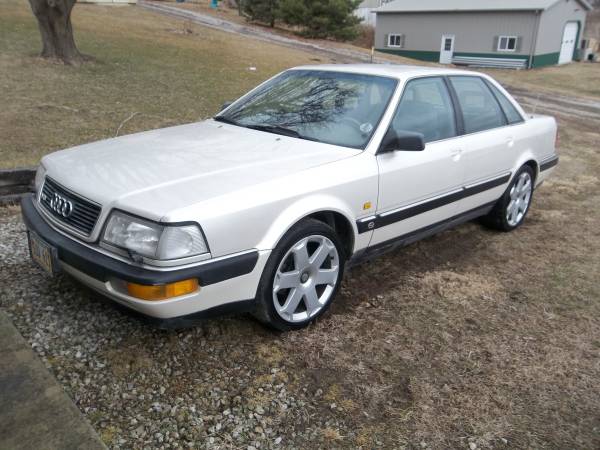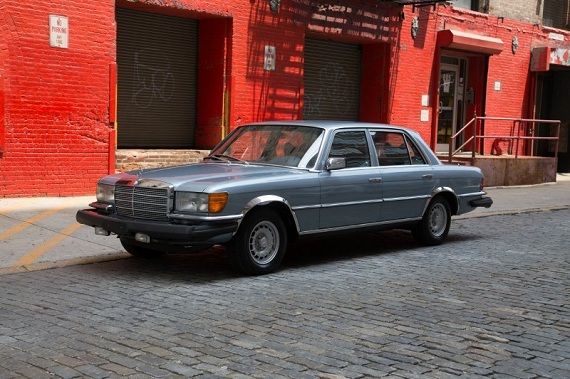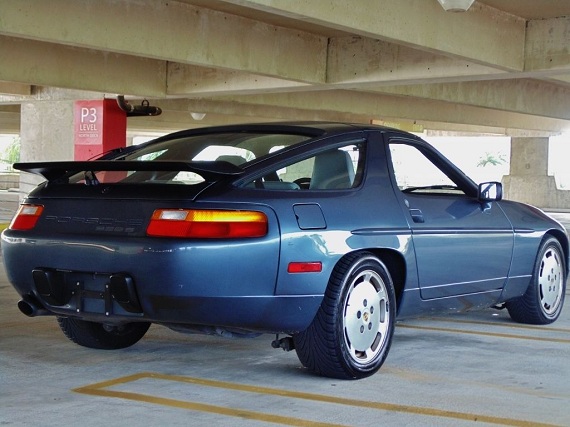Audi fans are an interesting bunch. To be fair, I think that most devoted followers of a specific brand in any circumstance are an interesting bunch, but knowing the Audi folks a bit I’m closer to the understanding. What I find interesting is that there’s such a schism between the model fans and who they attract. Each has a devoted following, and each of those groups is a microcosm in and of itself. Take my model group, for example – the Type 85. In that model group, there are the three major notables: the 4000 quattro, the Coupe GT, and of course the Quattro. Then within each of those subsets, there are further fan specializations; 84 4000S quattro versus the 85-87; early GT versus 85-87 and then the “87.5” crew; and of course each one of the model years of the Quattro has its followers. As with the GT, Audi fans have come to naming half model years to differentiate the upgrades; 87.5 GTs received a revised engine and brakes along with some other minor details, but then there are “95.5” S6s and “2001.5” S4s; heck, there are even “2005.5” S4s. Fans become semi-obsessed with differentiating each of the subset models and what makes them special. Today, though, seeing any of these cars in great shape is special to me – and these three each have their special fan base. Thanks to our reader John, here’s a roundup of three fan favorites that are sure to make some smile:
Tag: V8
While the M5 may have the notoriety of being the first serious super performance sedan, it’s easy to forget that Mercedes-Benz really started the trend. As early as the 1930s, Mercedes-Benz was building some of the fastest large cars in the marketplace. They were expensive, complicated, and beautiful works of engineering. It took a while post-war for both the marketplace and the company to come back to full strength, but two cars created in the midst of an international oil crisis I really think point towards the character of their respective companies. First was BMW’s hard-edged, barely disguised racer for the road, the 3.0CSL. It was expensive, relatively lightweight, stunning to look at and pretty quick to boot – a sporting nature that would carry through to the current generation of BMWs, still considered the benchmark in sporting sedans. On the other side of the fence was the 450SEL 6.9; who else but Mercedes-Benz would put the largest production V8 into a sedan when there was a gas crisis? If the 3.0 shouted about it’s racing prowess, the Mercedes was subtle and understated. Indeed, option number 261 even removed the displacement badge on the rear, and outside of that you’d only see hints of the car’s performance by the bulging tires and slightly more showy exhaust. But stomp on the loud pedal and the best part of 290 horsepower was on tap for you – and this was 1975. Remember 1975? It was when the base Corvette had 165 horsepower and if you wanted to just break 200, the L-82 was your only option at 205 horspower. A full 40% more powerful, the Benz was the match for sports cars of the day in a straight line but offered extreme luxury at the same time:
CLICK FOR DETAILS: 1979 Mercedes-Benz 450SEL 6.9 on eBay
2 CommentsI’ll admit that I probably have rose-colored glasses on when I look back at my V8 quattro ownership. I had enough issues with it that my wife refers to most catastrophic failures in life as “like your Audi V8” incidents. Sure, it tried to kill me a few times; but then, look at it. It’s a great looking car. And that was what kept me going as I dumped money into an example that I paid far too little for initially. Today, I find myself looking back and saying “Next time, spend a little more and get the right one”. This is something that really should extend to the rest of my car purchases, frankly – and when the opportunity to purchase a replacement Passat, I didn’t cheap out. I found a 1 owner, lower mile and fully maintained model, and I paid a premium for it. Could I have gotten one for less money with a more dubious history? Absolutely, but learn from my experiences – buying a budget Audi/Volkswagen product with the intentions of fixing it along the way as things break will certainly cost you as much as buying the nice model would have cost you. I continue to longingly look at D2 S8s with the same balance; pay for a lower mile, nice example with maintenance history versus the many that pop up for budget prices. One Ming Blue example just surfaced near me for $4,000 with the check engine light on; another for $2,500 with 200,000 miles with a blown transmission. I could get one of those, but it’s probably smarter to spend more than double that for an example with less question marks:




